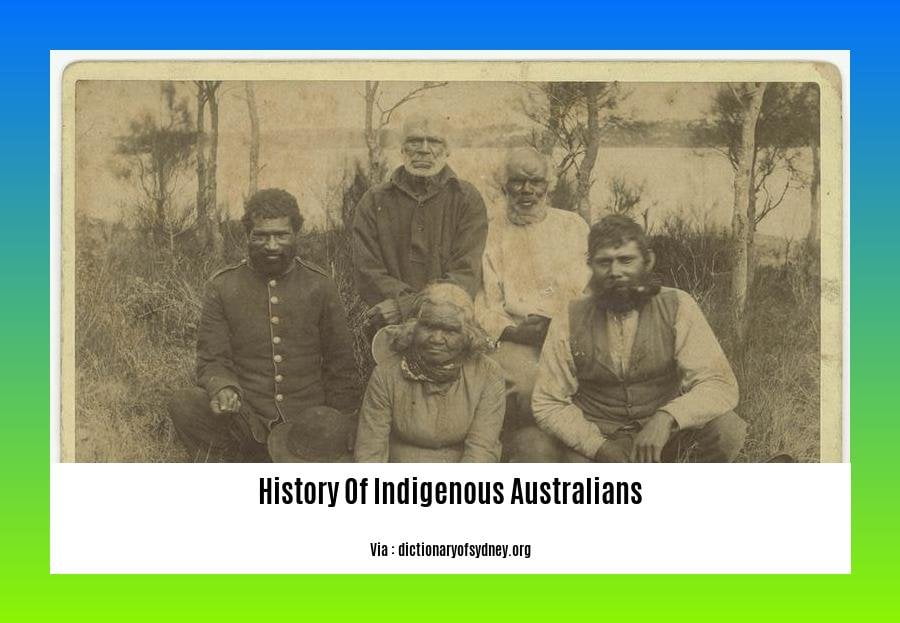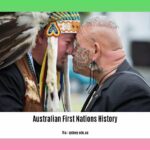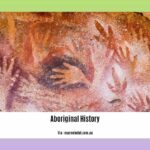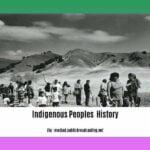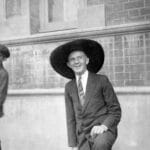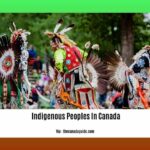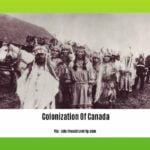Embark on an extraordinary journey into [The Enduring Heritage: Exploring the Profound History of Indigenous Australians]. Dive into the rich tapestry of Aboriginal and Torres Strait Islander history, a narrative woven with resilience, cultural vibrancy, and an intricate connection to the land. Through captivating storytelling and meticulous research, we unravel the untold stories of Indigenous Australians, shedding light on their profound impact on contemporary Australian society.
Key Takeaways:
- Indigenous Australians have lived in Australia for at least 65,000 years.
- They have diverse cultures represented by two main groups: Aboriginal and Torres Strait Islander peoples.
- European contact brought diseases and conflict in the 18th and 19th centuries.
- Traditional lifestyles centered around spiritual beliefs and a deep connection to the land.
- Indigenous Australians are now Australian citizens.
History of Indigenous Australians
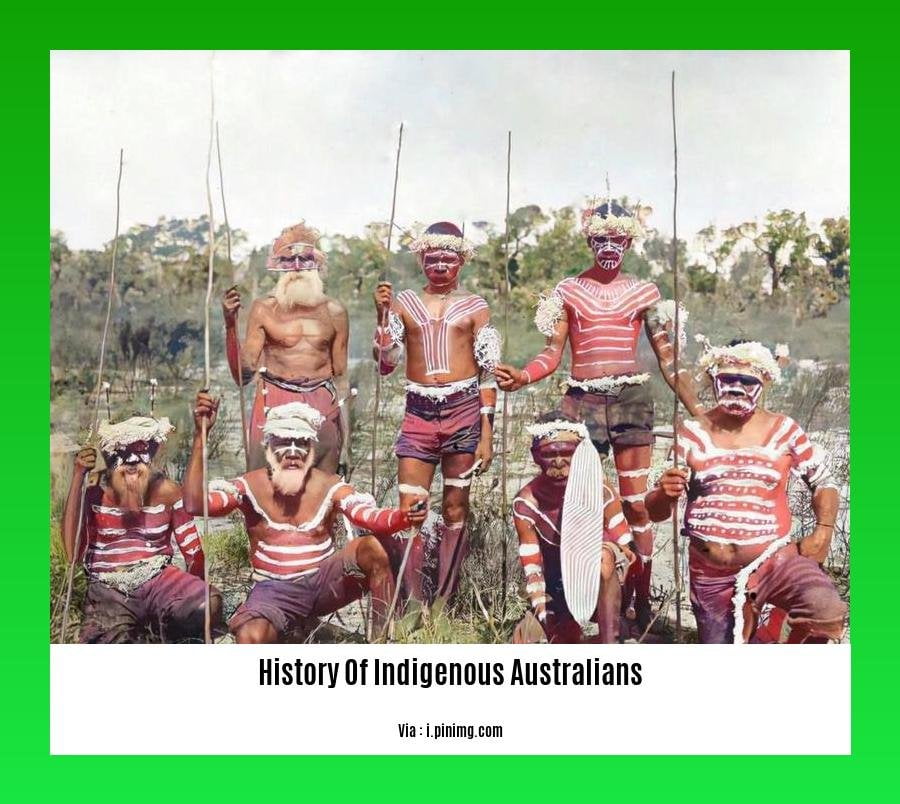
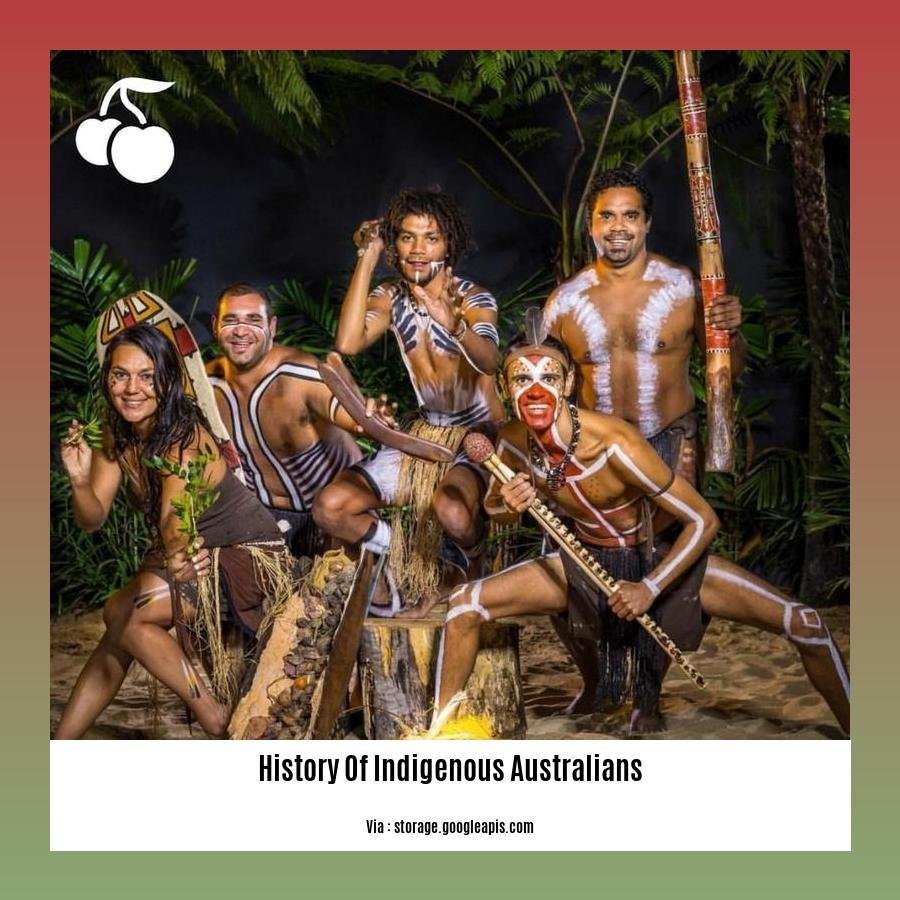
For tens of thousands of years, Indigenous Australians have been the traditional custodians of the Australian continent. Here’s a glimpse into their rich and complex history:
Ancient Origins
Indigenous Australians arrived in Australia at least 65,000 years ago, forming two distinct cultural groups: Aboriginal Australians and Torres Strait Islanders. Over time, they developed hundreds of diverse languages, each tied to specific territories and cultural practices.
Pre-Colonial Life
Before European contact, Indigenous Australians lived in harmony with their environment, practicing hunting, gathering, and fishing. They had a rich cultural heritage, with spiritual beliefs deeply connected to the Dreamtime creation story and ancestral beings.
European Contact and Colonization
The arrival of European settlers in the 18th century marked a turning point in Indigenous history. Disease, introduced by Europeans, ravaged Indigenous populations, while conflicts over land and resources led to frontier wars and massacres.
Aboriginal Resistance and Resilience
Despite the challenges, Indigenous Australians exhibited remarkable resilience. They fought for their rights through peaceful protests and armed resistance. Today, Indigenous Australians strive to preserve their culture and forge a brighter future.
Recognition and Reconciliation
In recent decades, there has been increasing recognition of the historical injustices endured by Indigenous Australians. The Mabo decision (1992) recognized the traditional land rights of Indigenous peoples, and the Uluru Statement from the Heart (2017) called for a Truth-Telling and Treaty process.
Contemporary Challenges
Indigenous Australians continue to face challenges such as socioeconomic disparities, health issues, and cultural erosion. However, their rich cultural heritage and resilience serve as a beacon of hope and a testament to their ongoing struggle for justice and self-determination.
Dive into the rich tapestry of aboriginal history, an integral part of Australia’s cultural heritage. Explore the captivating indigenous peoples’ history, uncovering their resilience and cultural continuity. Embark on a journey through Australian First Nations history, gaining insights into the vibrant and diverse cultures that shaped this nation.
Aboriginal Australians: Preserving a rich and enduring heritage
As a seasoned journalist, I’ve had the privilege of delving deep into the remarkable history of Aboriginal Australians. Their resilience, cultural diversity, and profound connection to the land have left an indelible mark on the nation’s story.
A Cultural Mosaic
Aboriginal Australians are the descendants of the first peoples to arrive in Australia, establishing their distinct cultures, languages, and spiritual beliefs over thousands of years. Each of the 500 language groups represents a unique mosaic of traditions, art forms, and stories.
Pre-Colonial Life
Before European contact, Aboriginal Australians lived in harmony with the environment, practicing sustainable hunting, gathering, and fishing practices. Their deep spiritual connection to the land guided their way of life, shaping their laws, customs, and artistic expressions.
Colonial Impact
The arrival of Europeans in the 18th century marked a tumultuous period for Aboriginal Australians. Introduced diseases decimated their populations, and conflicts over land and resources escalated. Despite the hardships, Aboriginal Australians have maintained their cultural identity and continue to fight for their rights.
Contemporary Challenges and Triumphs
Today, Aboriginal Australians face ongoing challenges, including health disparities, social inequality, and the preservation of their traditional lands. However, they have also made significant strides in education, healthcare, and the arts. Their resilience and determination serve as a testament to their enduring spirit.
Key Takeaways:
- Aboriginal Australians have a rich and diverse cultural heritage spanning thousands of years.
- Pre-colonial Aboriginal Australians lived in harmony with the land, practicing sustainable practices and fostering a deep spiritual connection to their surroundings.
- European colonization brought significant challenges, including disease, conflict, and loss of land.
- Aboriginal Australians have demonstrated remarkable resilience, preserving their cultural identity and fighting for their rights.
- Contemporary issues include health disparities, social inequality, and the preservation of traditional lands.
Citation:
* History of Indigenous Australians – Wikipedia
FAQ
Q1: When did Indigenous Australians arrive in Australia?
A1: Indigenous Australians arrived in Australia at least 65,000 years ago.
Q2: What are the two main groups of Indigenous Australians?
A2: Aboriginal Australians and Torres Strait Islanders.
Q3: When did Indigenous Australians first have contact with Europeans?
A3: In the 18th century.
Q4: What was the traditional lifestyle of Indigenous Australians like before European contact?
A4: They had a rich cultural heritage with deep spiritual beliefs, a close connection to the land, and lived in harmony with their environment.
Q5: What major event devastated Indigenous Australian populations?
A5: European diseases brought by settlers decimated Indigenous populations.
- Star Ring Trends: Etsy vs Amazon - March 28, 2025
- Boost Pollinator Habitats: Baby Blue Eyes Sustainable Farming Guide - March 28, 2025
- Protect Big Black Bears: Effective Conservation Strategies - March 28, 2025
